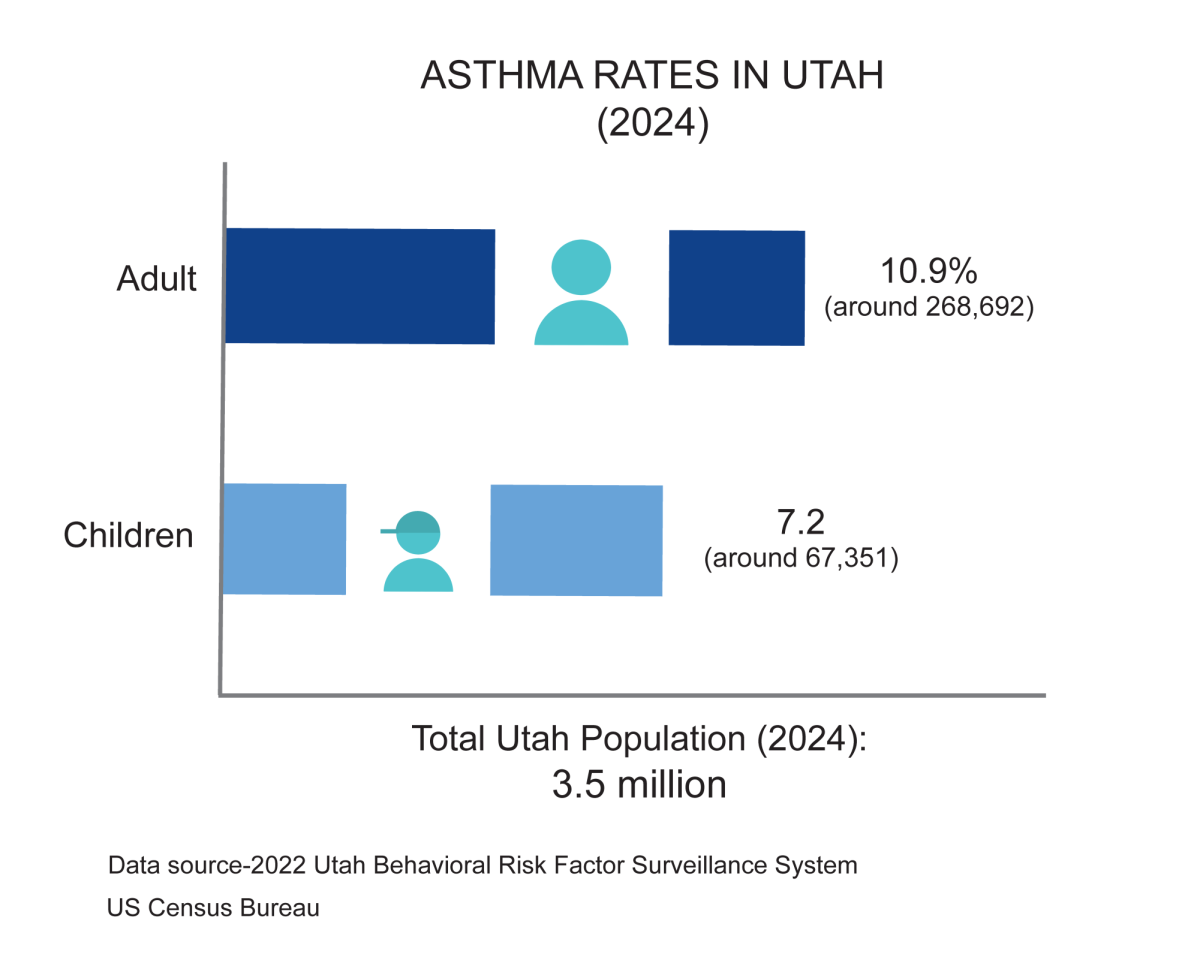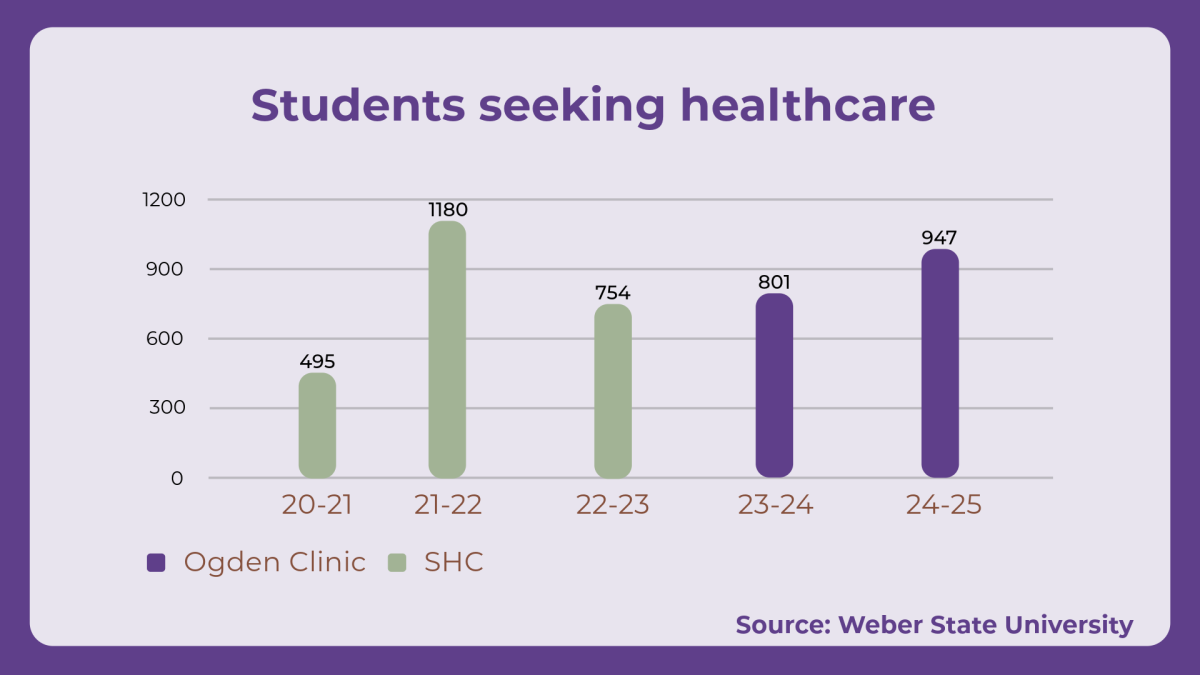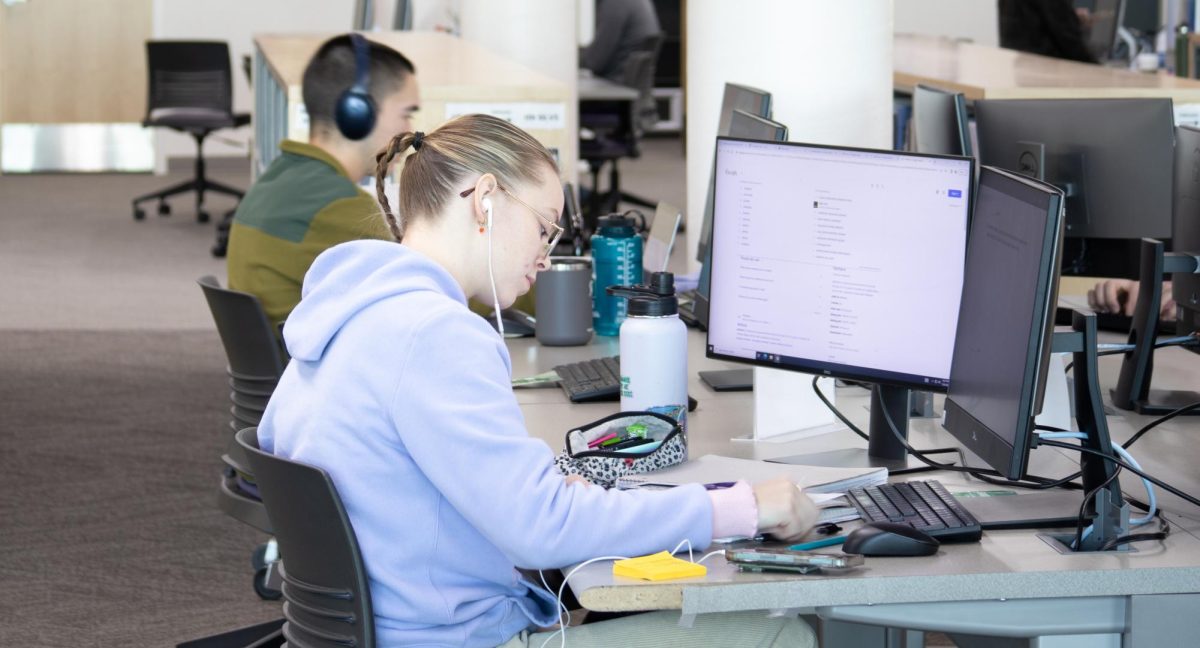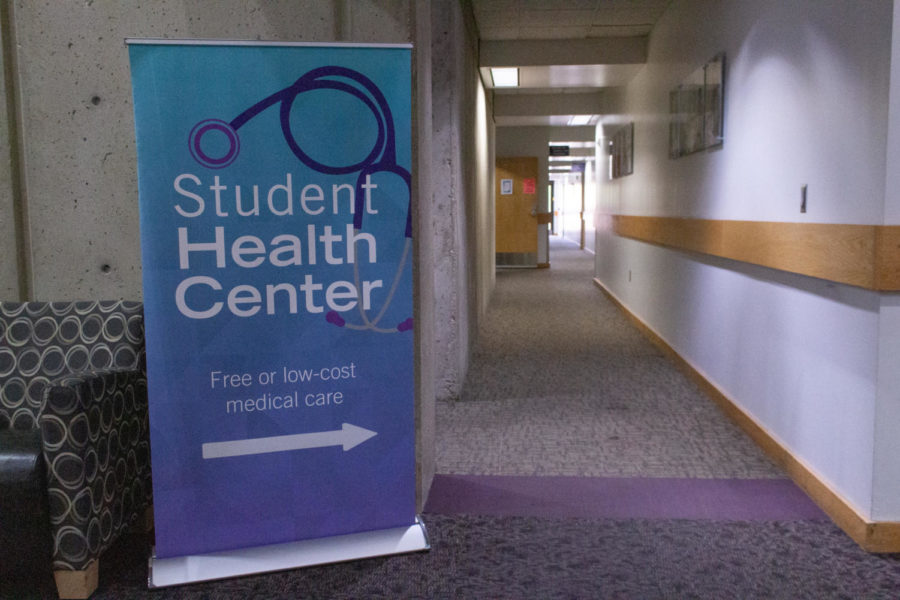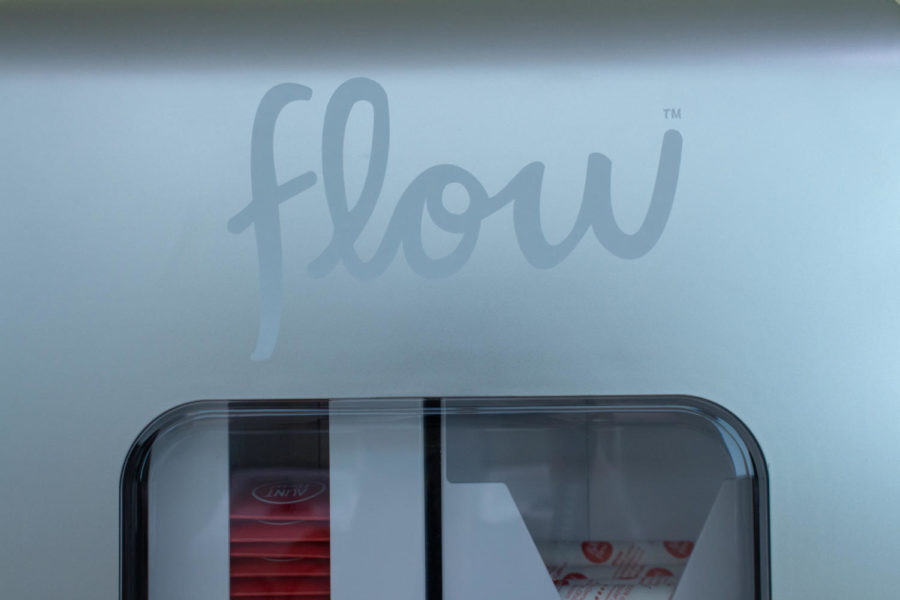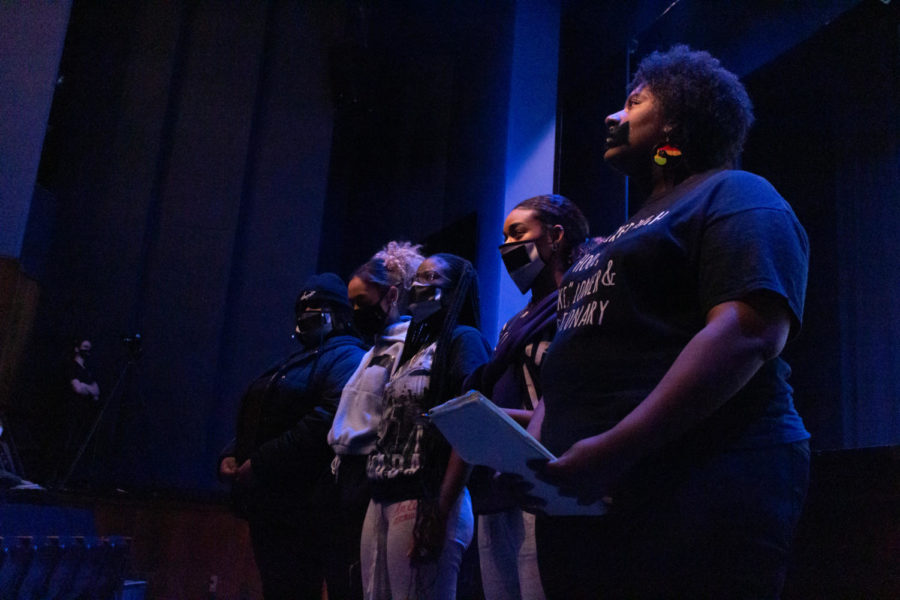
Medicine is focused on the human body. The body is a system—several systems, in fact. To understand some specific “spot,” it pays to understand the “landscape” in which that spot resides. For example, to understand what is wrong with the knee, you also need a knowledge of the shins and thighs.
Weber State is currently in the process of assembling a high-tech set of tools to study biometrics and the coursework to help any hopeful doctor have a place in post-bachelor medical education.
“If they are wanting to do anything health related with the human body, then Health Promotion and Human Performance is a good degree,” Matt Denning, assistant professor and human performance management faculty member said. “Because we focus on the human body from day one.”
The health promotion and human performance department consists of several programs, including human performance management, physical education and health promotion.
Using the latest tools to improve athletic training and injury recovery, and to study biometrics is essential to future medical professionals. The department has assembled a state-of-the-art studio for motion-capture, similar to the types used in CGI studios to study motion and impact on the human body.

The system uses reflective markers and high-speed cameras to capture human movement. “Once we get the position of those markers we can then create a 3D skeletal model that looks at the movement of each body segment,” said Denning. “From there we can analyze all sorts of human moment.”
Not everyone is interested in the actual practice of medicine, but there are always opportunities for dedicated researchers. Hands-on experience with biometrics can give budding researchers a huge leg up, whether it is in designing cutting edge devices or developing innovative therapies.
“I don’t think it is well-known right now in the community that this is an option for students, and I think it is a really good option,” Denning said. He recently published an article on the effects of weight manipulation on cartilage degradation, and he was able to involve undergraduate students in the research. One of these students was accepted to The University of Utah’s medical program.

“They told him that it was his research line that was one of the outstanding points (toward his acceptance.) He wanted to be a doctor and he was able to do a research project that helped him understand how human movement leads to things he’s going to have to deal with as a doctor,” Dennings said.
Understanding the complex system that is the human body biometrics is an invaluable tool set. The health promotion and human performance courses can be a positive way to get “handy” with those tools.


